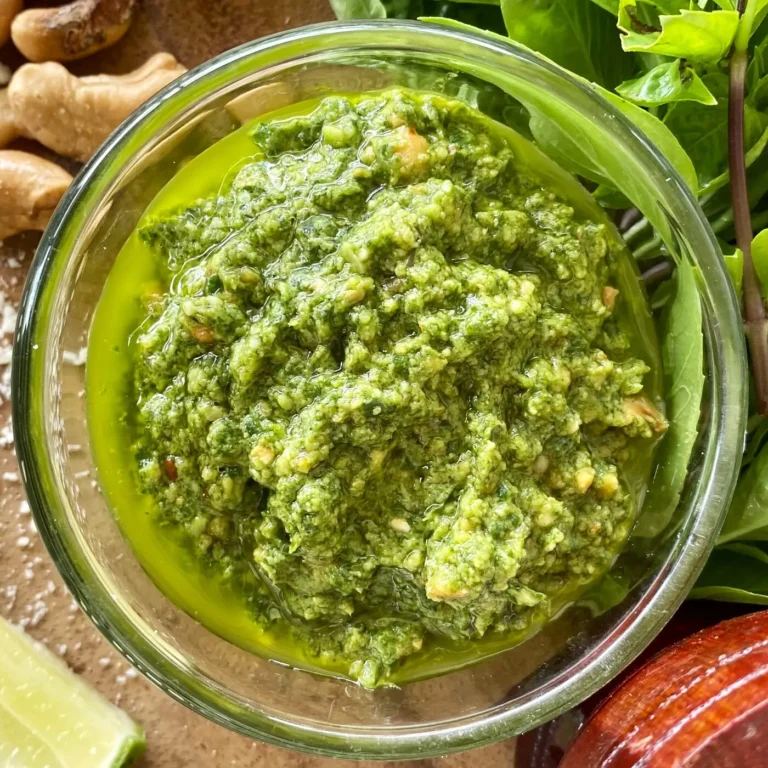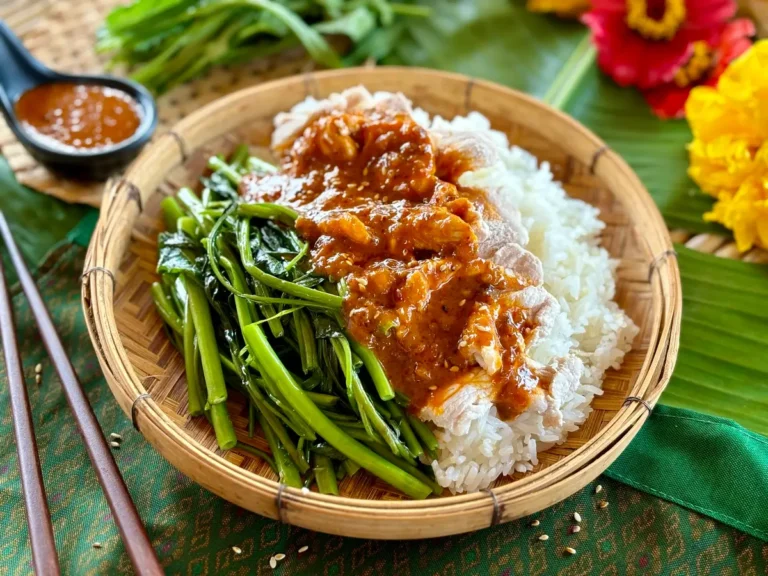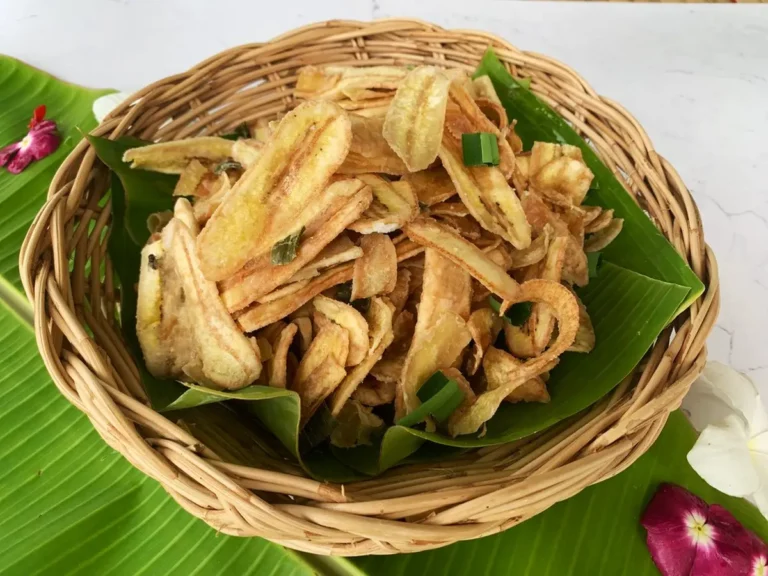If you’ve ever been torn between ordering pad kee mao or pad Thai at your favorite Thai restaurant, you’re not alone! In this post, we’ll discuss the differences between drunken noodles vs pad Thai, and help you discover which one might just become your new favorite.
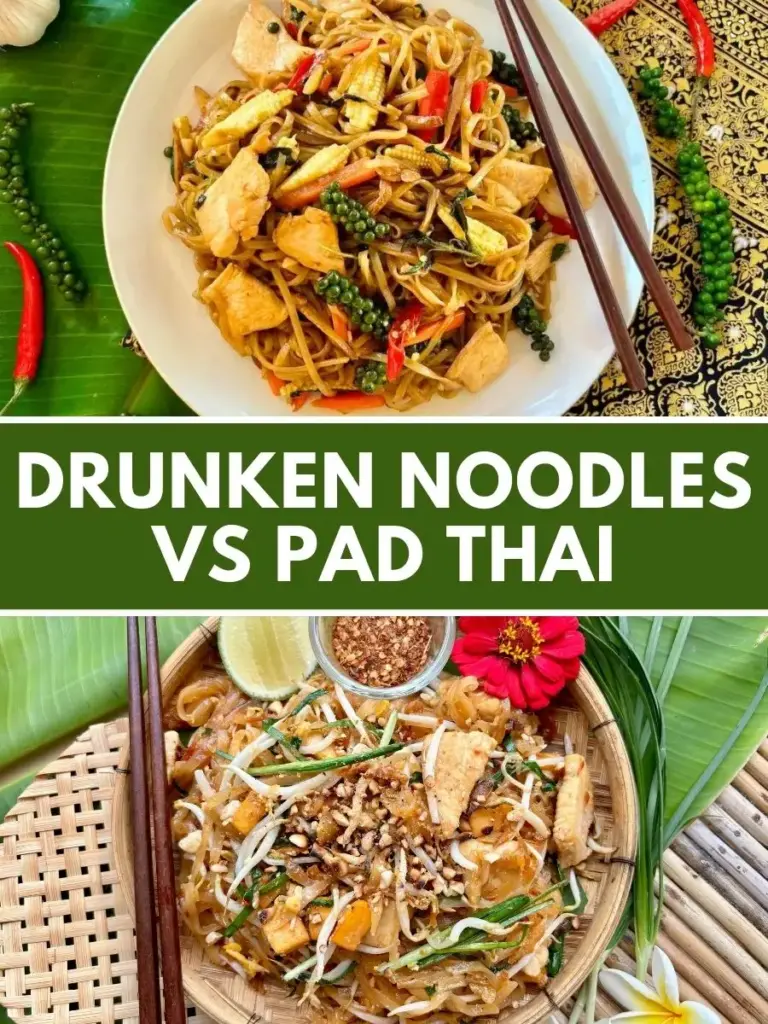
After choosing your favorite Thai noodle dish, be sure to try one of my delicious recipes for authentic chicken pad Thai recipe, beef pad Thai, or vegetarian pad Thai vegetables.
If you prefer the bolder flavors of drunken noodles, try my pad kee mao recipe, drunken mama noodles, or spaghetti kee mao.
Drunken Noodles vs Pad Thai ingredients
Let’s look at some key differences between drunken noodles and pad Thai, from the type of noodles used to the specific sauces that define their taste.
As with many Thai food, the final flavor and presentation heavily depend on the person preparing the dish. Even in Thailand, you can find both noodle dishes tasting and looking different in every Thai restaurant or region you travel to.
Noodles
Noodles used in pad Thai: Pad thai uses thin rice noodles, called sen lek in Thai. These gluten-free soft noodles cook quickly and hold up well in the stir-frying process. They’re incredibly versatile and can be used to prepare various noodle dishes with ingredients like shrimp, chicken, tofu, and more.
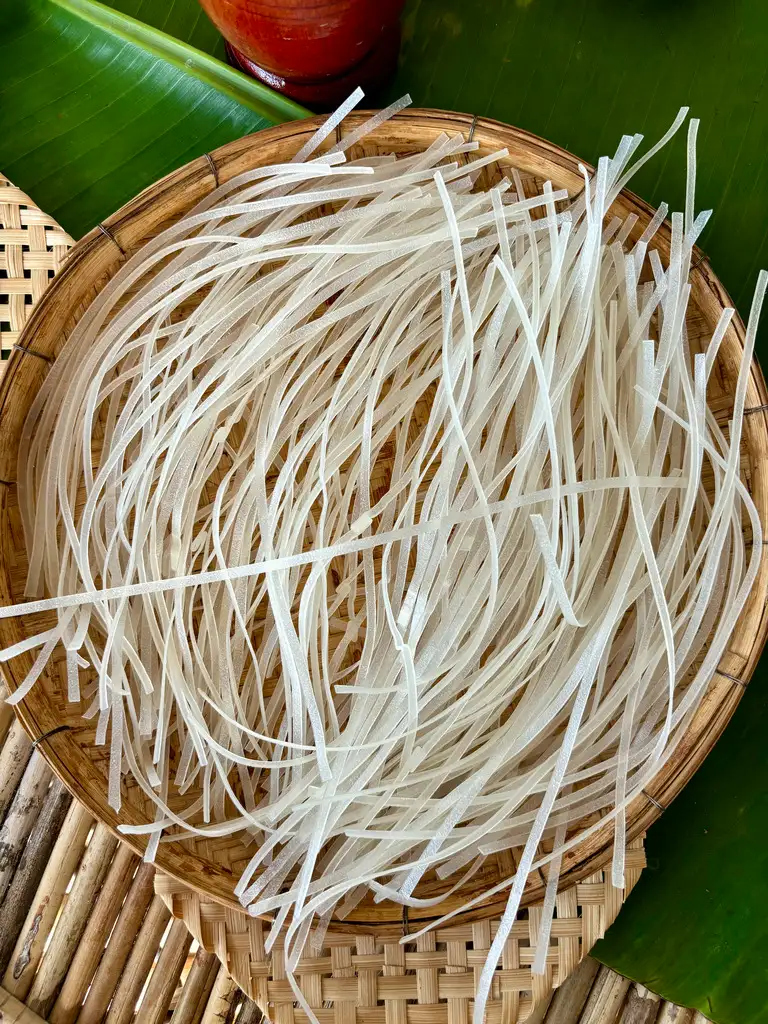
Before using thin rice noodles, it’s important to soak them in water until they are pliable but slightly firm. As the noodles are stir-fried with the pad Thai sauce, they soak up the sweet, tangy, and savory flavors that define this classic Thai dish.
These thin rice noodles can also be used to prepare pad mee korat, a spicy version of pad Thai.
Noodles used in drunken noodles: Pad kee mao uses fresh wide rice noodles (sen yai), which are soft and chewy, ideal for soaking up the bold flavors of the sauce. These noodles are wider than the thin rice noodles used in pad Thai.

If fresh rice noodles aren’t available, dried wide rice noodles can be used. You can typically find these dried noodles at Asian grocery stores or in the international aisle of larger supermarkets.
Fresh rice noodles are the same ones used in classic dishes like pad see ew and lad na.
Note: Both pad Thai and drunken noodles can also be made with other types of noodles, such as glass noodles, depending on your preference.
Flavors and sauces
Drunken noodles and pad Thai have distinctly different flavors, with the most noticeable difference being the spice level in drunken noodles.
Drunken noodles flavor: Drunken noodles are known for their intense, bold and spicy flavors. The noodles are stir-fried with a combination of fresh chilies, garlic, black peppercorns, and holy basil, mixed with soy sauce, fish sauce, and oyster sauce. The result is a spicy, savory, and slightly sweet stir-fry sauce with aromatic notes from holy basil.
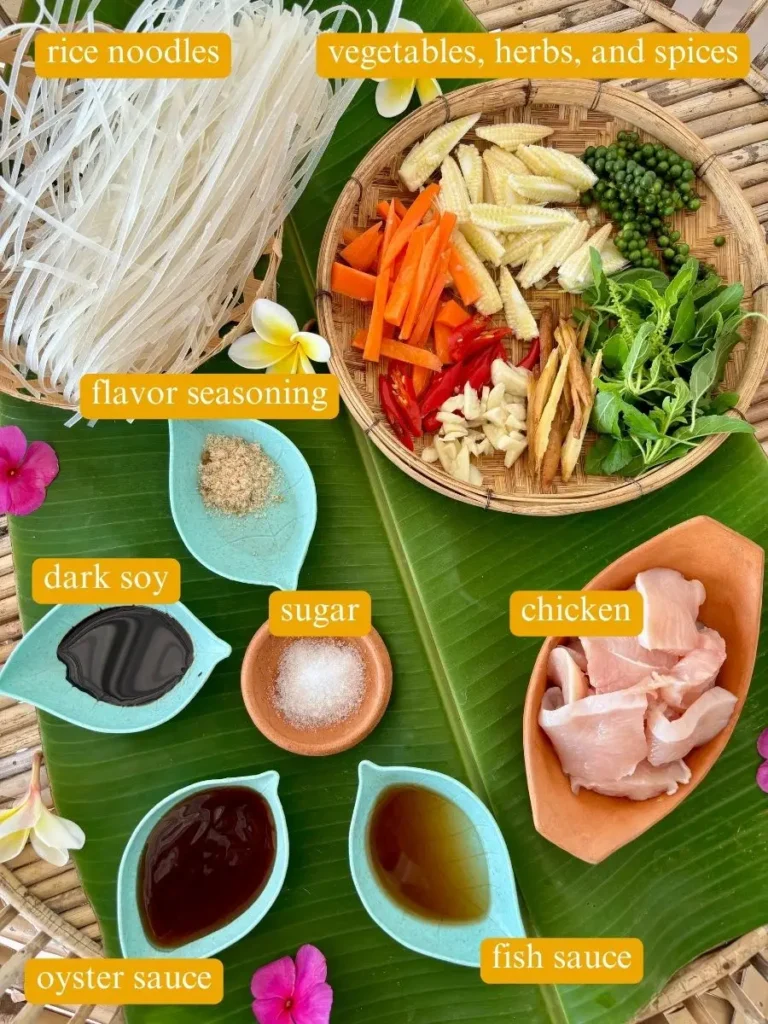
Flavor of pad Thai: Pad Thai’s flavor is mild compared to pad kee mao. The pad Thai sauce offers a more balanced flavor with tangy notes from tamarind paste, saltiness and umami from fish sauce, and sweetness from palm sugar.
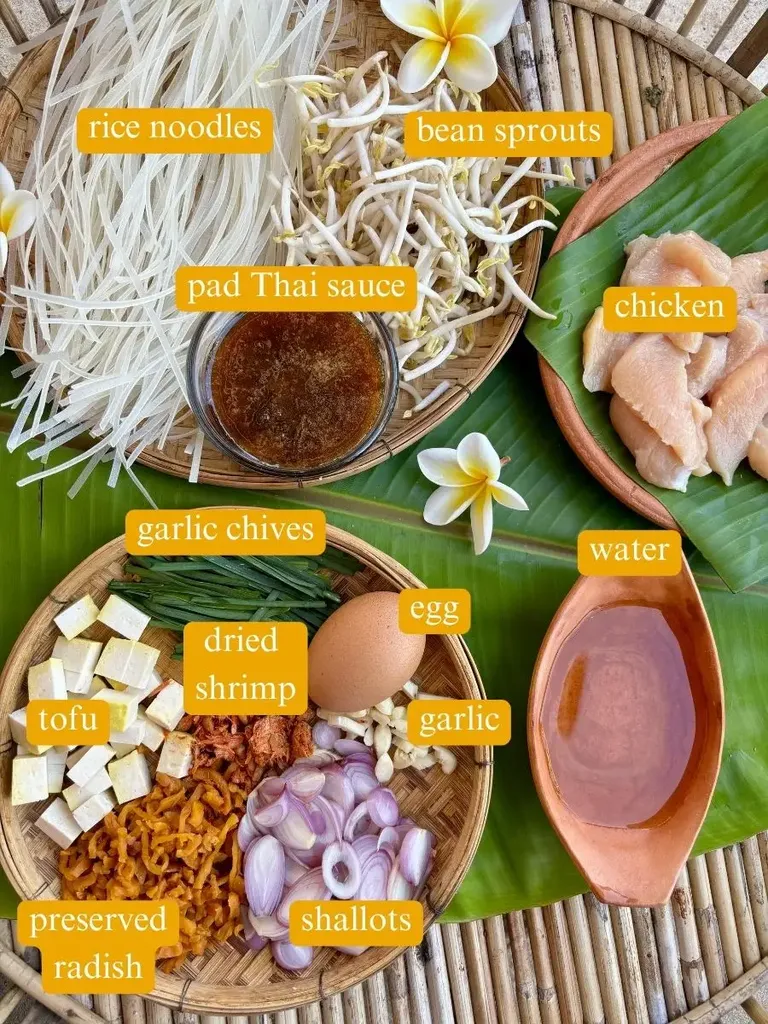
Vegetables
Vegetables in drunken noodles: Drunken noodles are typically stir-fried with a variety of fresh vegetables that add flavor and texture. Popular vegetables in pad kee mao are baby corn, carrots, and Chinese broccoli (gai lan). Holy basil and fresh chili peppers are essential ingredients.
Vegetables in pad Thai: Pad Thai has several important vegetables like garlic, bean sprouts, garlic chives, shallots, and sweet preserved radish. Westernized recipes may sometimes include different vegetables like carrots or green onions.
Garnishes
Drunken noodles garnishes: Drunken noodles can be garnished with fresh herbs like Thai basil and cilantro, and lime wedges can be served on the side for a tangy flavor. Additionally, you can add sliced red chilies or even red pepper flakes for extra heat. Pad kee mao does not have peanuts!
Garnishes for pad Thai: Pad Thai is garnished with several toppings that enhance its flavor and presentation. Popular garnishes are roasted peanuts, fresh lime wedges, white sugar, and Thai chili flakes for spice.

Proteins
Both drunken noodles and pad Thai can be made with different proteins such as chicken, pork, shrimp, beef, or tofu. Chicken and pork are tender and juicy, while shrimp adds a sweet, seafood flavor. Tofu is perfect for a vegetarian option.
Pad Thai vs drunken noodles calories
Pad thai typically contains between 400-600 calories per serving, depending on the ingredients and portion size. Drunken noodles generally range from 300-500 calories per serving.
Both dishes can be adjusted to be lighter by using lean proteins like chicken or tofu and reducing the amount of oil and sugar used in preparation.
Summary
Drunken noodles
- Preparation: Drunken noodles are stir-fried quickly at high heat with fresh vegetables, protein, and a spicy sauce.
- Noodles: This dish typically uses wide, fresh rice noodles that are soft and chewy.
- Flavor: Drunken noodles are known for their bold, spicy flavors with a fragrant touch of holy basil and a hint of fresh peppercorns.
- Sauce: The sauce is a mix of soy sauce, fish sauce, oyster sauce, and fresh chilies.

Pad Thai
- Preparation: Pad thai noodles are stir-fried with a combination of tamarind paste, fish sauce, palm sugar, and various proteins.
- Noodles: It uses thin rice noodles, called sen lek, that are soft and versatile.
- Flavor: Pad thai offers a balanced sweet, tangy, and savory flavor.
- Sauce: Pad Thai sauce is made from tamarind paste, palm sugar, and fish sauce.
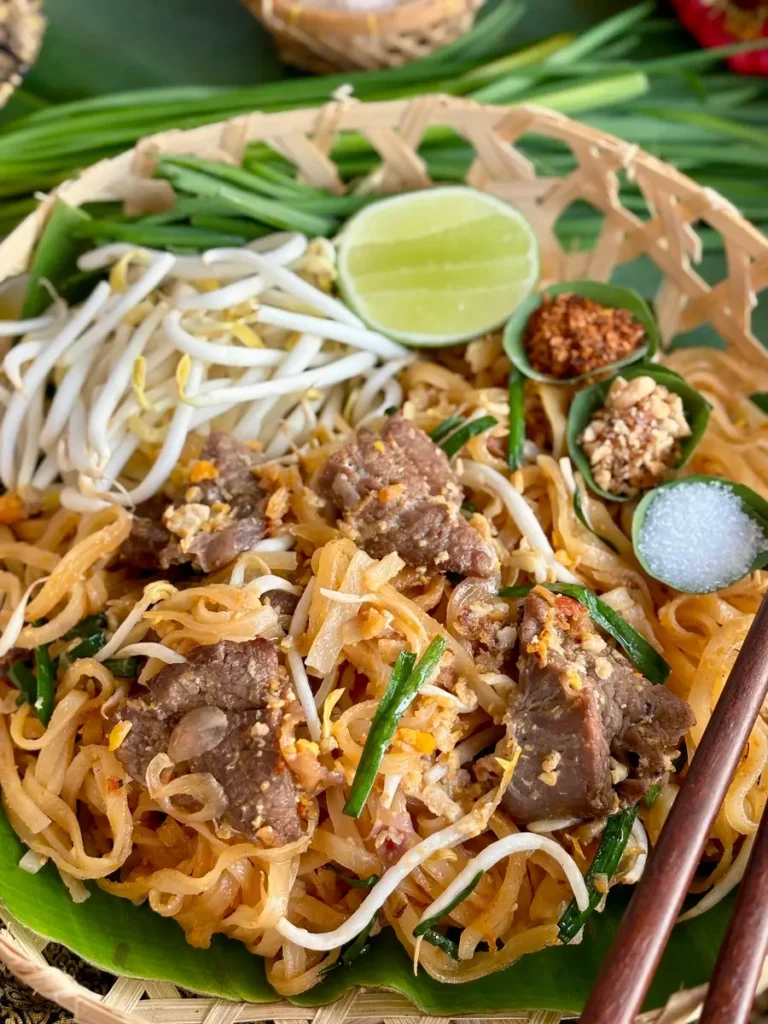
More Thai noodle comparisons
Conclusion
Both Thai noodle dishes are a staple in Thai cuisine. Do you prefer the spicy and aromatic drunken noodles or the sweet and tangy pad Thai? Share your favorite dish in the comments! Follow me on social media: Facebook, Instagram, and Pinterest.


